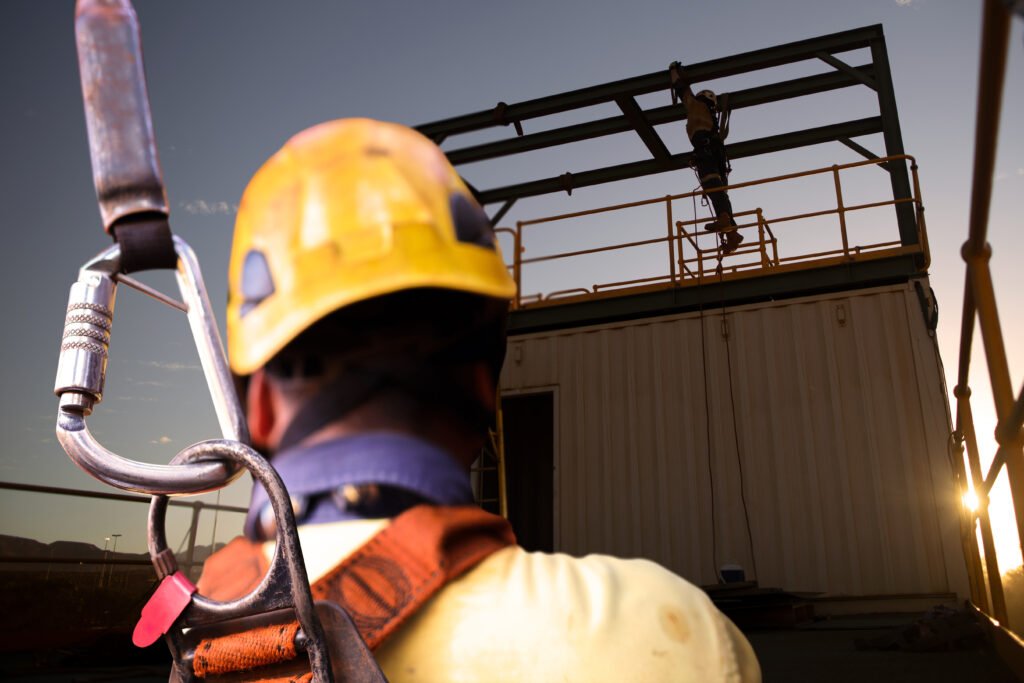Checking Equipment Before Use

Before you use any equipment (including safety equipment), tools or plant you MUST check that they are in safe working order
Common faults and checklists or inspection techniques will be outlined in your worksite procedures and also in the operator’s manual for each tool or piece of equipment.
The manual will contain the manufacturer’s instructions and specifications for inspecting, using, cleaning, maintaining and storing the item. They will also explain its capabilities and limitations.
If you find anything wrong during your checks you need to:

Inspecting Fall-Arrest Harnesses
Any harness equipment should be checked using a detailed inspection checklist, as outlined in AS/NZS 1891.4 Industrial fall arrest systems and devices. It is extremely important that all harnesses are checked before use.
Consider that this is one of the most important pieces of equipment in catching you if you fall. Part of your inspection must include putting the harness on and checking that it fits correctly and comfortable.
Always follow the manufacturer’s instructions for fitting the harness.

Inspecting Inertia Reels

When inspecting inertia reels make sure you check the following:
Rope
- Make sure the rope can be fully extended and retracts back properly.
- Check the entire length of the rope for any damage (abrasion, fraying, stretching, evidence of contact with heat or chemicals).
Make sure you give the rope a firm pull while fully extended to test the rope is securely attached to the drum of the inertial reel.
Anchorage Body
The main 2 parts to check on the anchorage body are the mounting ring and the casing:
- Check that there is no visible damage to either of these components.
- Also check that there are no loose or missing parts.
Locking Mechanism and Rope Guides
- Check for any wear or damage.
- Check that the locking mechanism is working correctly and holds securely.
- Check that the rope rewinds completely without loss of tension.
Snap Hooks and Links
- Make sure the locking action is working on these parts and that there are no signs of damage or wear.
Inspecting Ladders

It is vital that you only use ladders that are in good working order.
Do not use a ladder with any of the following faults:
- Timber stiles are warped, splintered, cracked or bruised.
- Metal stiles are twisted, bent, kinked, crushed or with cracked welds or damaged feet.
- Rungs, steps, treads or top plates are missing, worn, damaged or loose.
- Tie rods are missing, broken or loose.
- Ropes, braces or brackets are missing, broken or worn.
- Timber members (apart from narrow identification bands) are covered with opaque paint or other treatment that could disguise faults in the timber.
